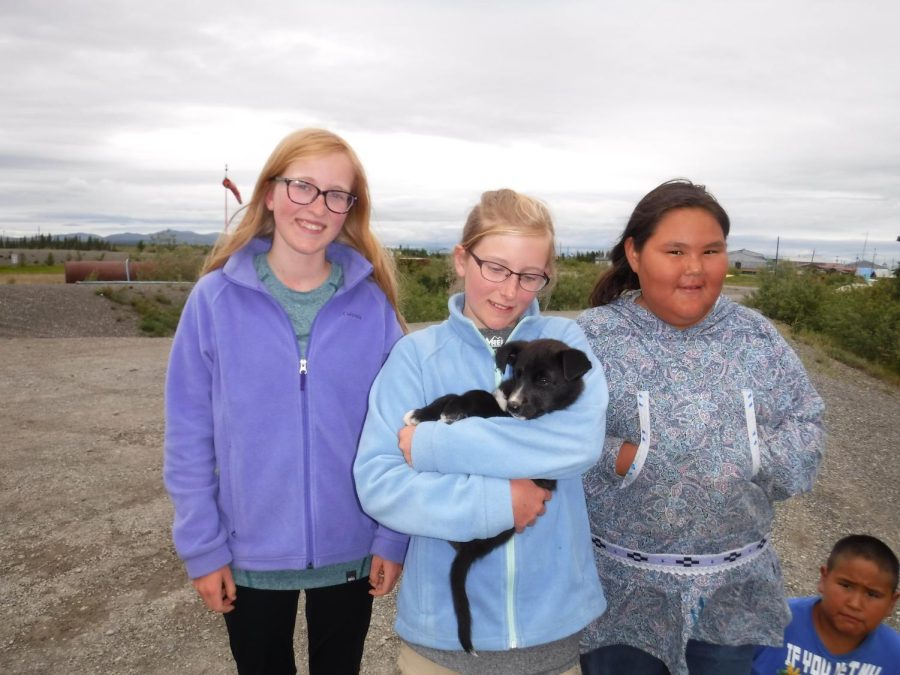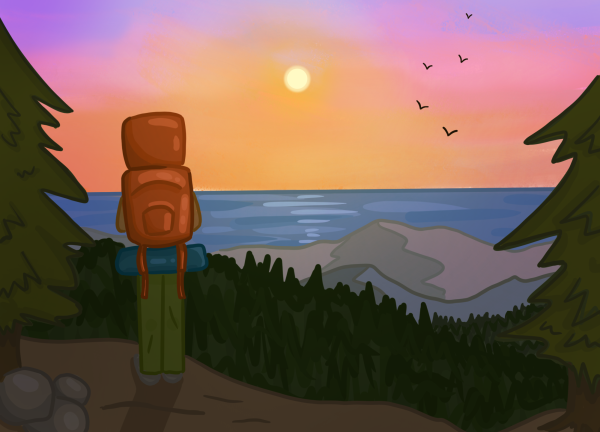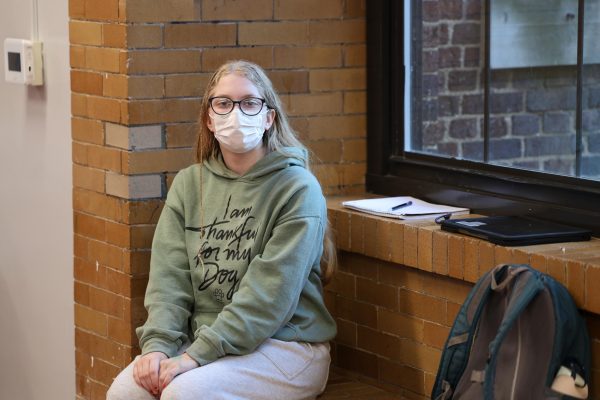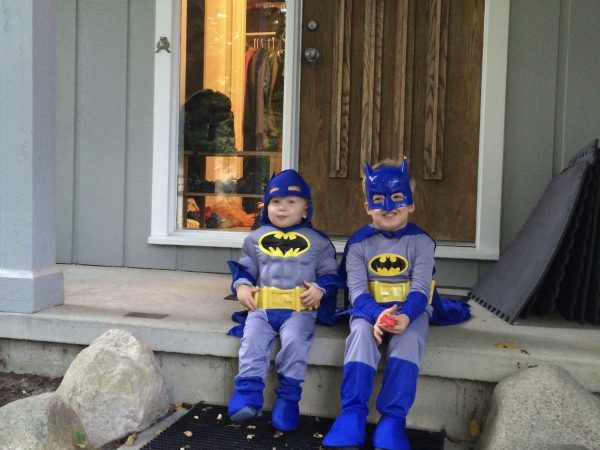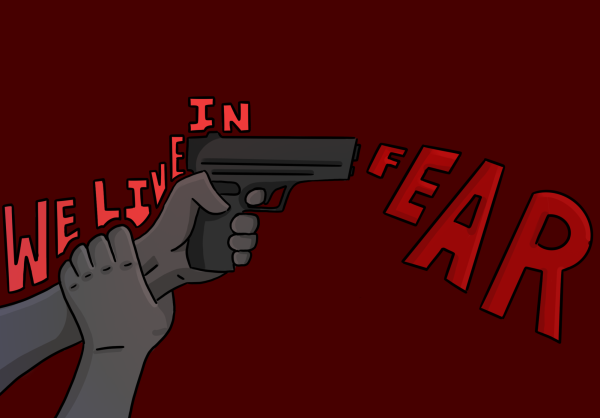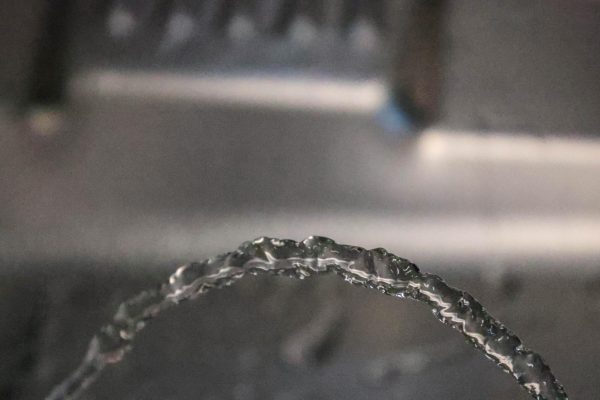A Hidden Scarcity
In July of 2017, I had the enormous privilege of traveling to the Alaskan backcountry. We flew into the city of Kotzebue—population 3,000—from which we chartered a bush plane to carry us to the headwaters of the Kugururok River, which feeds into the Noatak River. After two weeks uninterrupted by outside human interaction, we paddled the final 40 miles downstream to reach the primitive airstrip in the fishing village of Noatak, the only settlement on the river. Located 70 miles north of the Arctic circle, Noatak provided our only source of exit from the backcountry after rising water levels flooded the flat river banks upon which our bush plane had intended to make its landing to retrieve us. When our rafts struck land we were received by a group of children, eager to show my sister and I around their community—made up of just under 600 people according to the 2020 census.
My first reaction was shock. Because in this tiny village in the United States’ last wilderness—a several hundred dollar plane ticket away from the nearest hospital—many of the people were obese. Here I was, twelve years old, coming off weeks of dehydrated food, instant mashed potatoes and freshly caught Arctic char, and I was hungry. I couldn’t understand how anyone in this place could be eating enough to be obese, let alone when this was a community still hunting, fishing and gathering.
Our first stop on the tour helped me understand. We walked right through an unlocked door, past a wizened old woman leaning over an old jacket—restitching every seam, and into her home. Just within the entry stood a stack of shelves, stocked with candy, chips, soda, Slim Jims—all marked with prices. One of the girls introduced it as one of several neighborhood stores. She bought two Snickers bars for six dollars, then proceeded to tell us about her upcoming doctor’s appointment in Kotzebue—an appointment to treat her Type 2 diabetes.
The village of Noatak, similar to many other isolated communities, practices subsistence activities: we saw salmon filets stretched across racks to dry, walked past pelts hanging to be cured, and gathered wild blueberries and cloudberries with the children. However, this lifestyle is supplemented by occasional shipments arriving on barges in summer, or by snowmobile in the calmer months of winter. These shipments carry in store-bought supplies, mainly consisting of cheap, processed foods—high fat, high salt, high calorie. Goods can also be delivered via air taxi, but the price of delivering product this way rivals the cost of the items themselves. It is a food desert in a very literal sense.
These communities can give us a glimpse at food availability in a closed system. Looking at the majority of populated areas in the United States, this reality is clouded by grocery stores on every corner, Gordon Food Service semi-trucks on every interstate and thousands of perfectly healthy Americans walking the streets. What you don’t see are the constraints, the hurdles surmounted to allow for the wealth of food security. In a wholly isolated village like Noatak, you see those limitations up close: the thousands of miles between people and produce in the winter months, the hundreds of dollars in additional costs to bring product into the backcountry and the infrequency of deliveries. And, with all these limitations, they were left with junk: pre-packaged and preservative-packed.
Such an immediate example led me to consider the crippling availability of processed foods in the nation. Why is it that when everything else becomes an impossibility, processed foods remain?
There are certain insurmountable obstacles that face these isolated communities. There is no feasible solution allowing every person in every corner of the country to have unfettered access to fresh and affordable produce—not with sub-zero temperatures, blizzard conditions, and extremely low population density. But in much of the United States, we are much more fully equipped to provide, with a vast transportation network allowing nearly anything to travel from point A to point B in a matter of days. In any major city, you can buy any piece of produce on any given day. So why is it that so many families in highly-populated areas must also rely so heavily on processed foods?
All of this availability comes at a price, and a price that is too high for many families to afford. In the same way that a gallon of milk skyrockets in price in Noatak once it has to be flown in by plane, fresh produce increases in price the further and faster it travels. With more than 10% of Americans experiencing food insecurity in the past year, any additional cost, no matter how minute, can make the difference. A package of minute-noodles is both cheaper and quicker to prepare than even the simplest of meals. How can we expect a struggling parent to buy the more expensive ingredients to prepare a fully home-cooked meal, incurring another expense—time, when a ready-in-five-minutes frozen meal is available for half the price?
As a nation, in order to eliminate our reliance on processed foods we must address the food inequality in our communities, taking steps to make food more affordable and accessible. Financial decisions should never be reduced to a matter of choice between two necessities—a meal or the electricity bill. Healthy food cannot be reserved for the wealthy, stored on an out-of-reach shelf in a price-jacked Whole Foods aisle.




